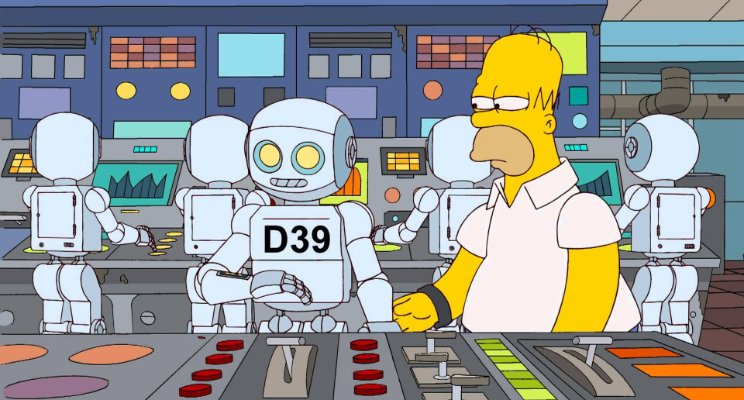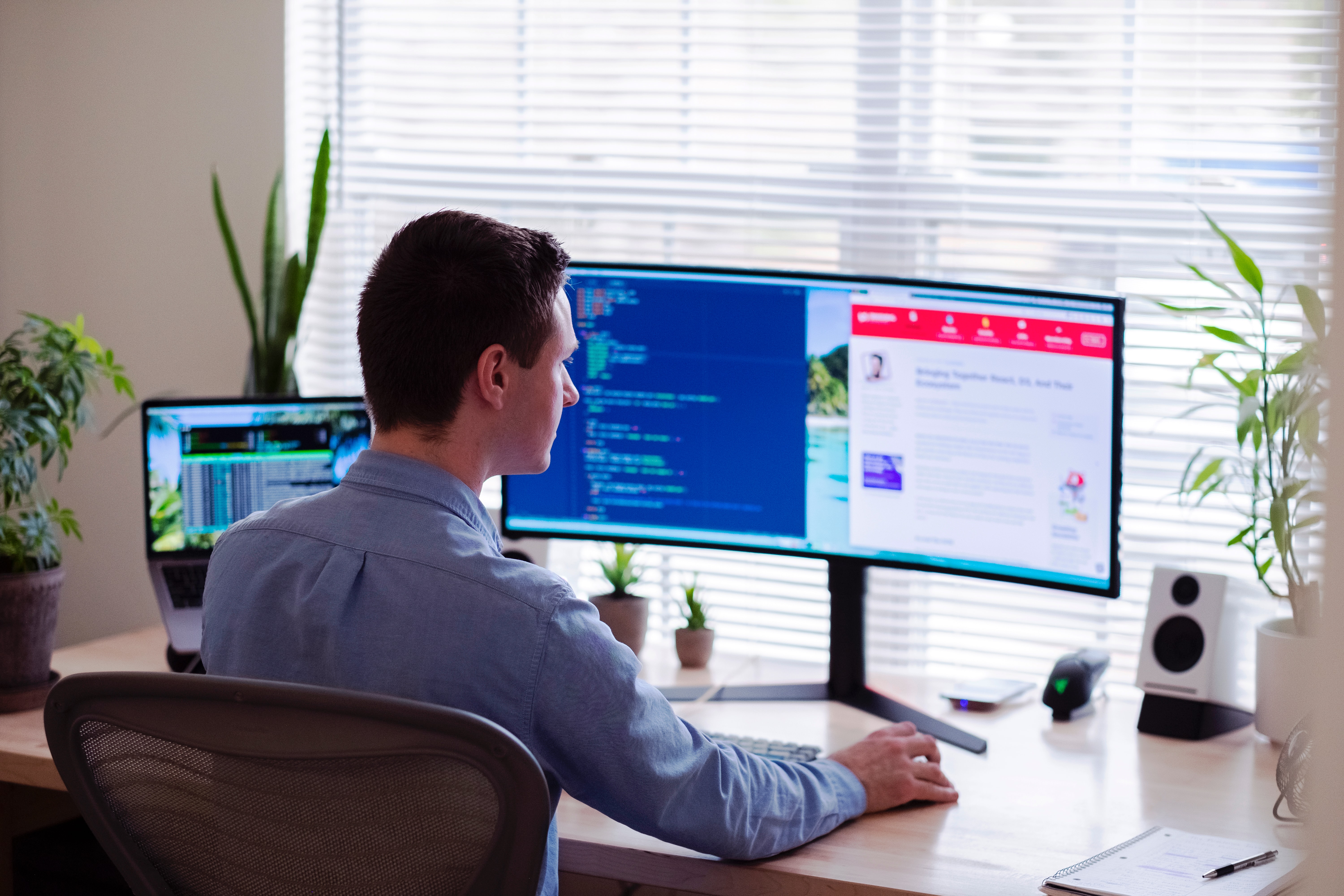Despite it being a constant topic of debate between HR professionals across the globe, the ‘Future of Work’ conversation never ceases to end. As the scope of work evolves constantly, the finer points begin to follow suit.
Hence, it is important to understand the course of the debate’s evolution. The term Future of Work might have started off initially as a need to embrace futuristic tools, but has inevitably transformed into a wake-up call for organisations regarding the Employee Experience (EX).
So, how did it all go down?
Since time immemorial, the labour market has faced a continuous uphill battle probably around the time Johannes Gutenberg invented the mechanical printing press. And how can we forget the historic 18th Century era, when weavers and artisans were pushed to the proverbial edge of poverty when the mechanised loom came into existence.
During World War II, Alan Turing’s Bombe machine (which was instrumental in decoding the Nazi Enigma Code) was able to decode millions of lines of encrypted messages in hours, thereby negating the need for thousands of analysts to crunch numbers over a span of weeks and months!
Fearing the loss of a livelihood, the working class has always been predominantly apprehensive towards technology.

However, as organisations began their transformative journey towards Digital Disruption, ‘Technology’ has managed to wade through public discomfort and arise as the tool for forging the future. Even in the case of Alan Turing’s machine, the underlying truth was that technology helped streamline the ‘Decoding’ process by using mathematics and technology, thereby increasing efficiency and reducing lag.
Over the last two decades, Global Enterprises, Fortune 500s and SMBs have managed to adopt a slew of innovative solutions like Artificial Intelligence (AI), Machine Learning (ML), Deep Learning, Blockchain Technology (DLT) and Data Analytics to help improve processes, functions and systems.
Whilst AI and ML managed to reduce redundant tasks, beef-up Cybersecurity and encourage automation, Data Analytics blew the Customer Acquisition Cost (CAC) out of the water by helping companies leverage the power of the internet.
By disrupting every possible industry, sector and vertical, technology established itself as a key business pillar for enterprise success. And soon enough, employees began utilising these tools for quicker response, timely support and an efficient working order.
And all of a sudden, the need for skilled labour to operate these tools became a business criticality. And the subsequent shortage of talent has resulted in a depleting bottom-line.
In a recent market survey report, the Banking and Financial Services Industry (BFSI), Business Services, Telecomm and Media industries will see a cumulative shortage of over 14 million workers by the year 2030. Therefore, to combat this shortage of skilled employees, enterprises all over the globe have begun looking inward for solutions on how to retain their existent workforce. And subsequently, the Future of Work debate entered its next phase: The Employee Experience (EX).
By empowering employees with increased ownership, relaxed working hours and career improvement (up-skilling/re-skilling), companies have spent heavily on constant innovation and research to help improve their overall EX. Businesses of tomorrow need to start focusing on employees today!
The outbreak of COVID-19 (Coronavirus Disease) sent the world of business down the rabbit-hole, as it has brought about an element from the debate that most organisations have shied away from – Remote Working.
Even though the idea of remote work isn’t relatively new, its magnitude has been negligible to say the least. Up until 2010, corporations have argued that a they do not possess the infrastructure or bandwidth to support the Work From Home (WFH) methodology. Yet, with the advent of better monitoring tools and improved connectivity, that argument has been silenced.
Companies rarely entertain the idea, despite its proven benefits surrounding employee wellbeing and mental health. Remote teams only existed for operations that deemed it necessary, with the rest of the workforce confined to an institution’s four walls.
With a contagious disease spreading rapidly, every single enterprise, conglomerate and Fortune 500 has been forced to shift to a remote model of work, for prolonged business continuity. Employees are now forced to sit at home and work, in an attempt to slow down the spread of the disease.
Companies that had given the idea fair thought, were surprisingly ready to combat the onset of a mandatory remote working model. However, lesser prepared organisations have been sent scrambling for solutions to keep the lights on.
In conclusion, the very crux of the debate constantly changes, mandating a requirement from enterprises to innovate and adapt. Archaic systems and practices are being ushered out the door, and more sustainable working models are becoming the regular norm.
This is helping employees to focus on other interactive practices, spend more time with family, balance work & leisure and dissolve the exertion that accompanies long commutes.
COVID-19 has truly become, the death of a traditional enterprise.


